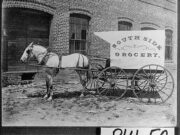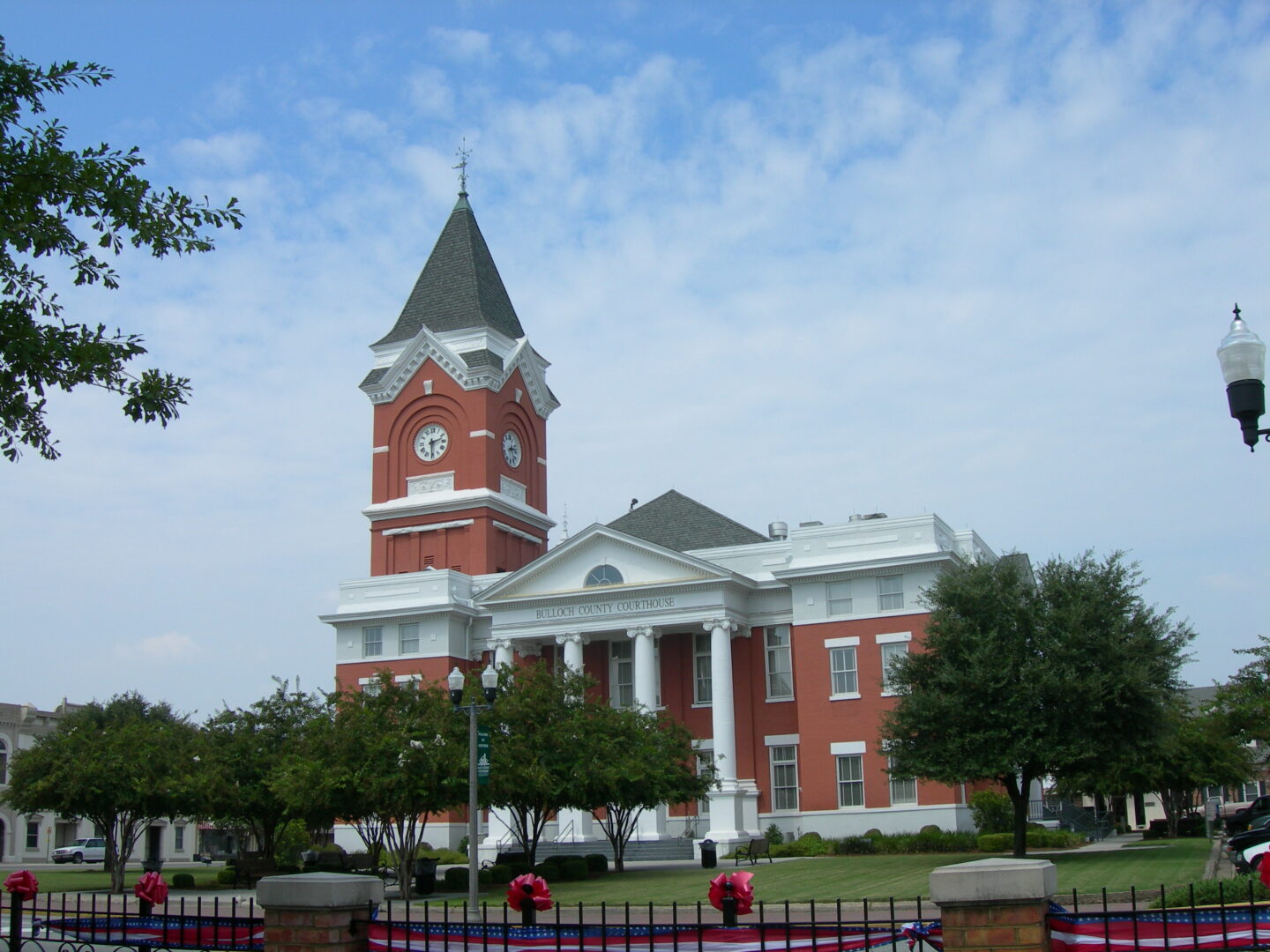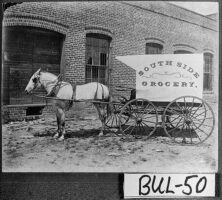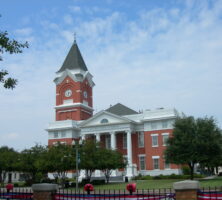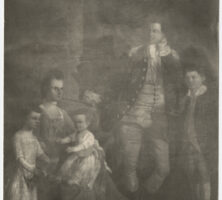When it was formed in 1796 as Georgia’s twenty-first county, Bulloch County consisted of more than 500,000 acres of pine trees and fields of sandy soil. The county gave up some of its territory when Georgia’s legislature created the neighboring counties of Candler, Emanuel, Evans, and Jenkins. Today the county covers an area of 682 square miles.
Early Settlement
Bounded on the east by the Ogeechee River and on the west by the Canoochee River, nineteenth-century Bulloch attracted planters, timbermen, and turpentine distillers. Many of these settlers’ ancestors had lived in Northern Ireland and England. Others traced their heritage to France, Germany, Scotland, Wales, and West Africa. They converted Indian paths into wagon trails and cleared land for farms and plantations.
The county’s pioneers sometimes called it the “State of Bulloch.” They named their county seat “Statesborough” when the Georgia legislature created it in 1803. The county’s name honors Archibald Bulloch, who was president and commander in chief of Georgia in 1776.
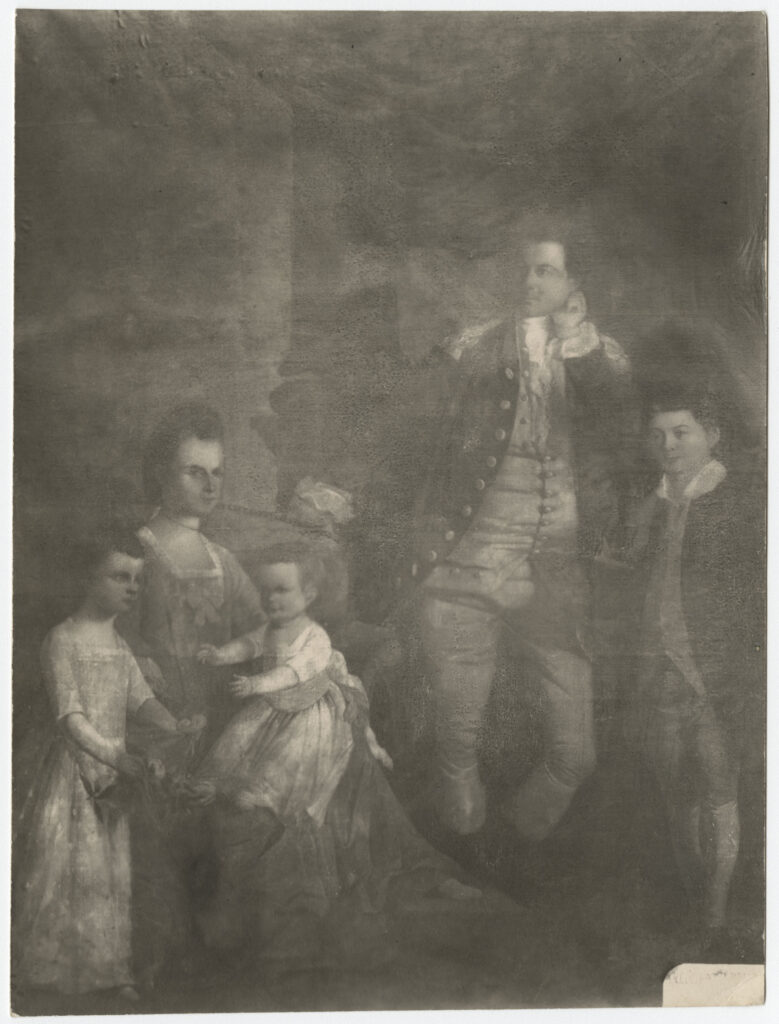
After surveying the county in 1849, George White wrote in Statistics of the State of Georgia, “The county is inhabited by an industrious and kind people. Although the lands which most of the citizens cultivate are poor, yet, by dint of industry and economy, they manage to supply their wants, which, however, are very few. Many rely, in a great degree, upon game, with which the county abounds, and the productions of their orchards. The Bulloch county farmer would get rich, while others would starve.”
Although White makes no mention of it, cotton production and slavery were also major components of Bulloch County’s antebellum economy. In 1850 enslaved people made up about a third of the county’s population; by 1860 their proportion of the populace had risen to nearly half, due both to a decline in the white population and to a substantial rise in the number of enslaved people. Most enslaved people were engaged in raising cotton, the production of which also increased markedly over the same decade. Though not nearly as much a part of the Cotton Belt as other counties in the region, Bulloch County planters and their enslaved people produced 594 bales of cotton in 1850 and more than twice that amount, 1,378 bales, in 1860.
Incoming settlers located their farms near the Old River Road that parallels the Ogeechee. Others found ideal homesteads near the western border. A handful chose to live in the county seat. The 1880 census is revealing: the population of the county was 8,053, while only 1,036 lived in what had become known as “Statesboro.” At that time no railroads existed in the county, and farmers transported their crops to distant markets in Savannah and Augusta.
Commercial Growth
Between 1890 and 1910, Bulloch County transformed itself into a major agricultural and commercial center, led by aggressive leaders who were new transplants to the county. These newcomers built links to railroads and developed an infrastructure of services. The once sleepy county seat became a regional hub. Enterprising businessmen, including more than a dozen Jewish merchants, developed a strong retail market that served the needs of farmers who brought their cotton and, later, tobacco to the markets in Statesboro.
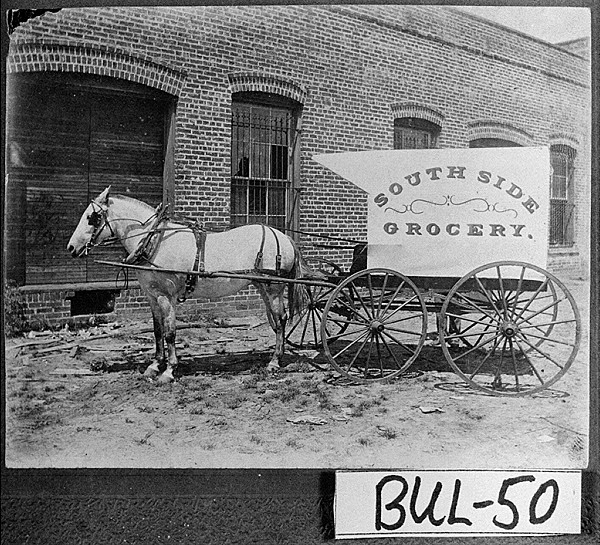
In 1906 the county and city collected $125,000 in donations to support a new state-sponsored Agricultural and Mechanical School in Statesboro. Originally designed to advance the interests of the region’s farmers, the school evolved into a teachers college and later Georgia Southern University.
Bulloch County Today
The three major economic forces in Bulloch County today are education, agriculture, and industry. During the last decade of the twentieth century, several national industries located plants in the county. Since 1990 Ogeechee Technical College has provided instruction for the regional workforce.
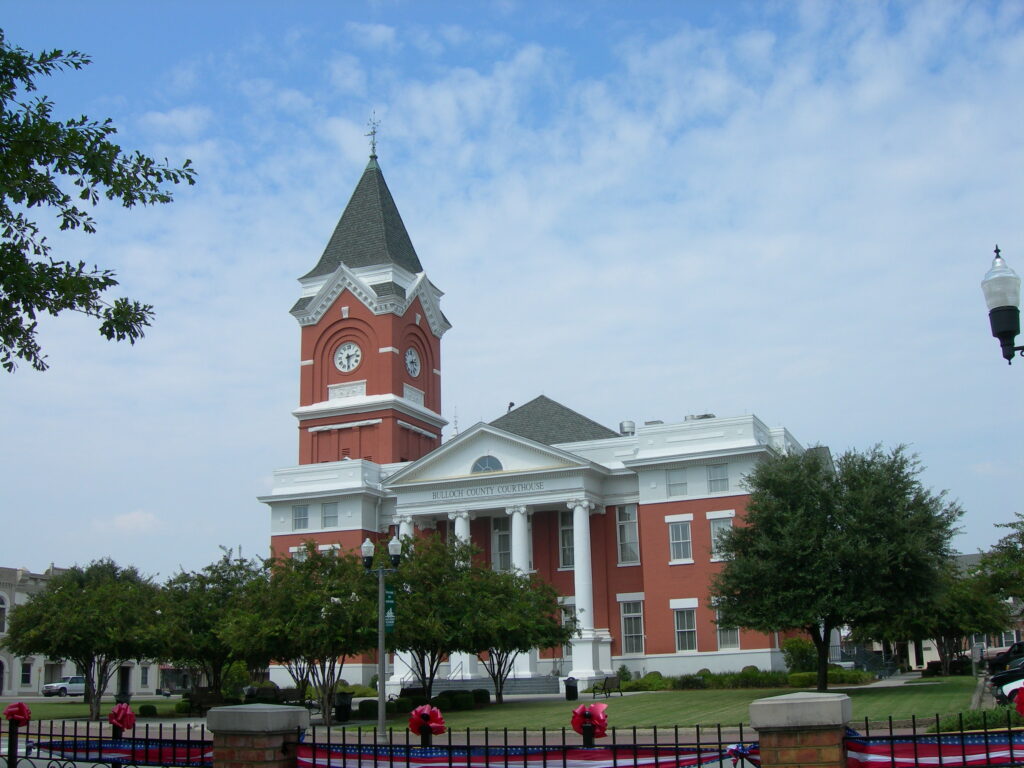
While most major religious denominations are represented in the county, Bulloch has a large number of churches known as Primitive Baptist. The congregation in Statesboro, locals say, is the largest of this denomination in the world. Because these predominantly rural churches refused to deviate from tradition in the 1800s, they called themselves “primitive,” that is, “original.” Their beliefs tend to mirror the teachings of the French reformer John Calvin. Primitive Baptist congregations in rural Bulloch County typically sing psalms and Sacred Harp hymns a cappella.
Natural areas abound in Bulloch County, and many residents participate in outdoor activities. Fields, streams, and ponds beckon the hunter and angler. Golf is a year-round sport, and Mill Creek Regional Park offers 155 acres of softball and soccer fields, as well as scenic paths for walkers and runners. The Statesboro–Bulloch County Parks and Recreation Department organizes programs throughout the year for adults and children.
Bulloch County is governed by a diverse body of seven elected commissioners and an appointed county manager. According to the 2020 U.S. census, the population of Bulloch County is 81,099, an increase from the 2010 population of 70,217. Besides Statesboro, the county’s other municipalities are Brooklet, Portal, and Register.


